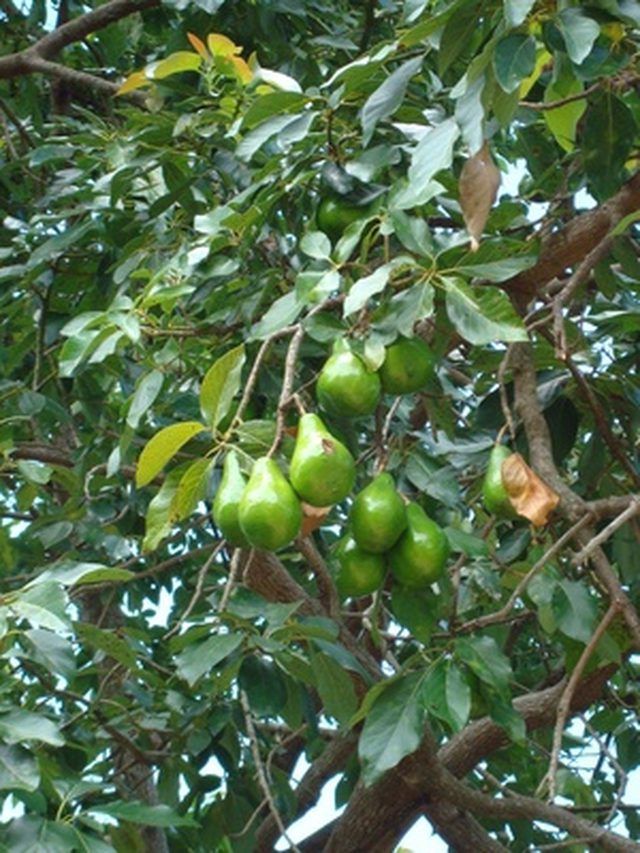Bulbs
Flower Basics
Flower Beds & Specialty Gardens
Flower Garden
Garden Furniture
Garden Gnomes
Garden Seeds
Garden Sheds
Garden Statues
Garden Tools & Supplies
Gardening Basics
Green & Organic
Groundcovers & Vines
Growing Annuals
Growing Basil
Growing Beans
Growing Berries
Growing Blueberries
Growing Cactus
Growing Corn
Growing Cotton
Growing Edibles
Growing Flowers
Growing Garlic
Growing Grapes
Growing Grass
Growing Herbs
Growing Jasmine
Growing Mint
Growing Mushrooms
Orchids
Growing Peanuts
Growing Perennials
Growing Plants
Growing Rosemary
Growing Roses
Growing Strawberries
Growing Sunflowers
Growing Thyme
Growing Tomatoes
Growing Tulips
Growing Vegetables
Herb Basics
Herb Garden
Indoor Growing
Landscaping Basics
Landscaping Patios
Landscaping Plants
Landscaping Shrubs
Landscaping Trees
Landscaping Walks & Pathways
Lawn Basics
Lawn Maintenance
Lawn Mowers
Lawn Ornaments
Lawn Planting
Lawn Tools
Outdoor Growing
Overall Landscape Planning
Pests, Weeds & Problems
Plant Basics
Rock Garden
Rose Garden
Shrubs
Soil
Specialty Gardens
Trees
Vegetable Garden
Yard Maintenance
Zutano Avocado Tree Facts
Zutano Avocado Tree Facts. The Zutano avocado is a variety that originated in Mexico and is now grown commercially mostly in California. Zutanos open the harvest season in September and are available in grocery stores through the early winter. Recognizable by their shiny, thin yellow-green skin, the pear-shaped fruits are average to large in size,...

The Zutano avocado is a variety that originated in Mexico and is now grown commercially mostly in California. Zutanos open the harvest season in September and are available in grocery stores through the early winter. Recognizable by their shiny, thin yellow-green skin, the pear-shaped fruits are average to large in size, weighing from six to 14 ounces, according to the California Avocado Commission. It is one of over 500 varieties of avocados and one of seven raised by California growers, who produce 90 percent of the world's avocado crop.
History
Avocados were growing wild in south-central Mexico possibly as far back as 7,000 B.C. Domesticated avocado seeds have been found buried with Incan mummies in Peru dating back to 750 B.C. The California Avocado Commission says that evidence exists showing that avocados were cultivated in Mexico as long ago as 500 B.C. They were once a luxury food enjoyed only by the aristocracy. In 1871 Judge R. B. Ord of Santa Barbara, California, introduced avocados to the United States with trees brought from Mexico. Today, the biggest crop of the popular fruit is harvested on 60,000 acres stretching from San Luis Obispo to San Diego by 6,000 growers. San Diego County, California, is the acknowledged U.S. avocado capital.
Tree Features
The Zutano avocado tree, a tropical evergreen, can reach 60 feet in height, but more often grows to 30 feet or less. Because its width generally equals its height, adequate spacing is needed between trees. The dark green leaves may be as long as ten inches and three inches wide. Fruit bearing begins when the tree is three to six years old and may continue for up to 50 years. Since avocado trees must be insect-pollinated, more than one variety should be planted together. By meshing the blooming dates, pollen will be available on one variety when the stigmas on another are receptive. Bees usually transfer avocado pollen no farther than two rows away, according to avocadofruit.com.
Climate and Environment
Mexican avocado trees, like Zutanos, can tolerate cold temperatures better than other varieties. However, no avocado survives long in sub-freezing weather. The Garden Guides websites says that zones 9 to 11 are ideal for their growth. The most critical effect of temperature occurs during the flowering season. Besides the cold, low humidity, strong winds or tornadoes may all result in low production. Avocado growing is inconsistent. A year of high production is frequently followed by one of low yield. The avocado tree thrives in any type of soil as long as it is well-drained. It should not be planted near the ocean shore, though, as it is not tolerant of salt.
Yield
On average, about two tons of fruit are harvested per acre, although the most productive orchards may yield up to six tons in this space. Each tree is capable of yielding 500 avocados, or 200 pounds of fruit, yearly, reports the California Avocado Association. However, the average is about 150 avocados, or 60 pounds. Fruit can remain on the trees for several months after avocados have reached maturity.
Problems
Root rot is the main threat to an avocado crop. Avocado trees can be susceptible to other diseases, such as stem-end rot, fruit rot, antracnose and algal leaf spot. Garden Guides lists several insects that may also cause trouble: red-banded thrips, armored scales, Chinese rose beetles, fruit flies, mites, black twig borers, mealybugs and plantbugs. Finally, rats, squirrels and rabbits can strip an avocado tree, but the remedy is to protect the trees with tin trunk wraps.